Helen Hunt, 60, Stuns During Her Latest Appearance, and Her Lips Become the Center of Attention

You’re on an expedition through the swamplands of Florida. You run into some sinkholes ... oops, was that a crocodile? Watch out!
Suddenly, you reach an asphalt road. It looks a lot like a runway, but there’s no airport building around. You decide to inspect it, and a walk down the runway takes you around half an hour!
At the end of it, you notice a trailer. There are 4 people inside. They tell you you’ve accidentally run into what was supposed to become the largest airport in the world. 5 times the size of JFK, to be more precise.
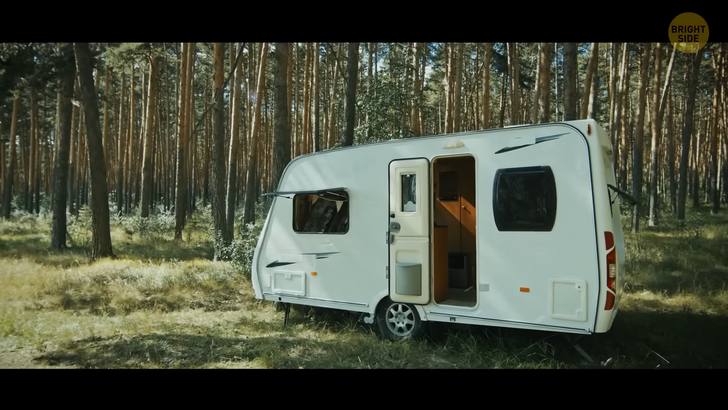
Project Everglades Jetport was launched in 1968, right at the end of the Golden Age of air travel. It was supposed to become an intercontinental hub with 6 runways for supersonic jets carrying up to 300 passengers. They chose this location between the Gulf of Mexico and the Atlantic, far from large cities, because it would make it possible to fly both to South America and Europe in under 3 hours.
At that time, the top speed for a commercial passenger plane was around 500 miles per hour [500 mph (800 km/h)], but that was about to change. Concorde was almost ready to make its first flight, and Boeing was also working on a huge lightning-fast passenger plane. So, those super short flight times would be perfectly possible. And, no one would mind the loud sounds of take-off and landing over the ocean, unlike in the area around some inland airports.
Passengers would travel to the new hub by high-speed rail, connecting it to surrounding cities on both the Atlantic coast and the Gulf of Mexico. The terminal was supposed to be extremely luxurious, with many lounges for its future well-off passengers. But none of this ever came true. The construction of the airport began but was finished right after they built the runway. First of all, residents and activists saw a report saying that the new airport would ruin the South Florida ecosystem and the Everglades National Park. So, they were strongly against the construction. Second, the Boeing supersonic passenger jet program was called off.
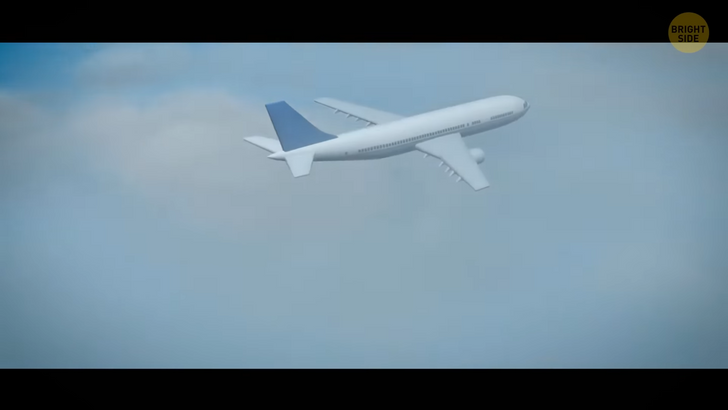
In less than 20 years, while the tests for supersonic planes were running, the Federal Aviation Administration received 40,000 complaints about sonic booms from people living under the testing areas. Those sounds of shock waves created by jets traveling faster than the speed of sound were breaking glass and scaring people and farm animals. So, the airlines across the country knew supersonic flights wouldn’t be a commercial success, and there was no more need for a huge airport to serve those planes.
The finished runway was used for training pilots for years. It’s long enough to land Boeing 747s and is in an isolated location, so it was perfect for those purposes. Then, as the flight simulators became way more advanced, and pilots didn’t need to practice there anymore, the unfinished airport started serving general aviation aircraft. Even on its busiest days, it doesn’t get more than a dozen take-offs and landings a day. So, the staff of four people works here from 8 AM to 5:30 PM every day. Sometimes, they use the airport for car races.
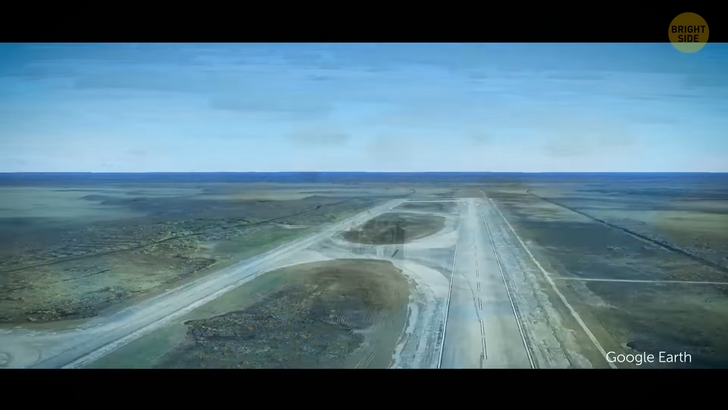
On the other side of the world, what used to be an airport of prime importance is now a ground for picnics, festivals, and fashion shows. You can also go skateboarding and fly some kites on the runways of the former Tempelhof airport in Berlin, Germany. It was the world’s largest building until the Pentagon was finished. It was also the first airport in the world to have an underground railway. The sight of the airport belonged to the Knights Templar in Medieval times, and that’s how it got its name. The 1920s were its prime time. Closer to the end of its service, mostly small commuter aircraft used the airport until it was shut down in 2008.
Floyd Bennett Field in New York is now also living its new life as a ground for cycle races and stargazing with the Amateur Astronomers Association. It used to be New York’s first municipal airport in the 1930s. American aviation pioneer Amelia Earhart used to land here. Then, Newark airport in New Jersey was growing in importance more and more, and Floyd Bennett Field was closed for good.
One of the most beautiful stations of the New York subway with vaulted ceilings, arches, and emerald green tiling is sitting underground abandoned. The very first subway line had the City Hall station as its southern terminal stop. Over 15,000 people were excited to take a ride when the subway was officially opened at the very beginning of the 20th century. The ride back then cost one nickel. The very first ride departed from that “crown of the jewel” City Hall station.
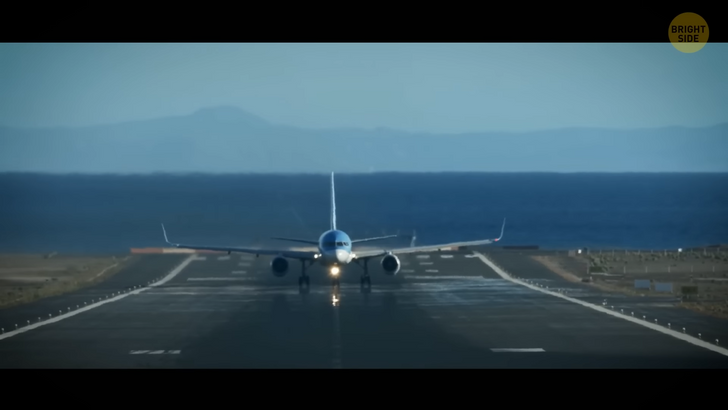
Over the years, the subway trains became longer, and they could no longer stop and let passengers board safely because of the curved platforms. And that’s how the station started losing its passengers. People got used to the subway to the point that they didn’t care about its beauty but mostly functionality. Plus, the City Hall station has always been off the express track. So, passengers prefer to use the nearby Brooklyn Bridge station instead, which lets them travel much faster and also get off closer to the famous bridge. So, the only way to visit the City Hall station today is to take part in a tour organized by the New York Transit Museum.
No trains at all depart from the Great Abandoned Train Yard in Bolivia for at least 80 years. You’ll find over a hundred train cars not far from Uyuni (Ju-NI). It used to be an important transportation hub for the region for a long time because of its good location between major cities in Chile, Bolivia, and Argentina. The hub played an important role in transporting minerals to the Pacific Ports. By the middle of the 20th century, the mines had been exhausted of resources and shut down. The trains were left to rust in the salt flats. The beautiful steel trains turned into ruins in no time because of the salt winds that corroded the metal. Now the yard is a popular tourist destination.
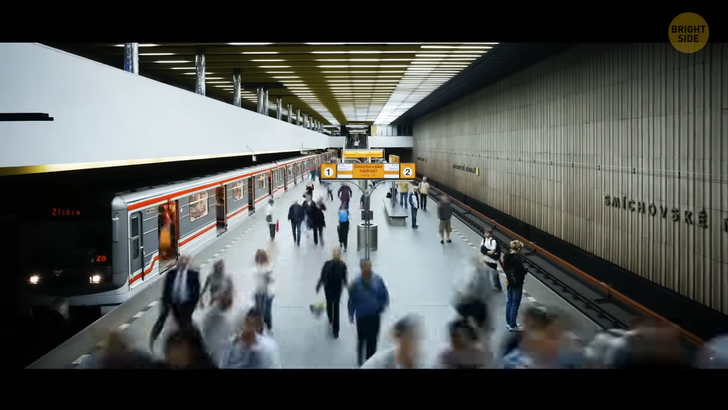
If you ever find yourself in Turkey, you might run into a Disney-style village standing empty and not finished. It cost the company in charge of the project around $200 million to build over 500 castles, around 200 fewer than they originally planned. The village of Burj Al Babas [burdz al baBAS], surrounded by a magical forest, was supposed to have leisure centers, Turkish baths, some luxurious shops, and other entertainment for its inhabitants from all around the world.
The people were happy to invest money in the future royal-like life, but then an economic crash hit the country. The buyers were worried about the future of the project and pulled out most of the funds. The construction company went bankrupt, and the fairy tale village stands abandoned ever since.
In the middle of the 20th century, a man in the Turkish region of Cappadocia was renovating his house and then noticed that his chickens had started to disappear for good. He decided to solve the mystery, so he did some digging and found a dark passage going underground. It turned out to be one of the 600 entrances other homeowners found leading to a whole abandoned underground city. It was large enough to fit around 20,000 people and had a complicated system of 18 levels! Archaeologists found that it wasn’t just a bunch of tunnels in the dark but had all the signs of civilization.
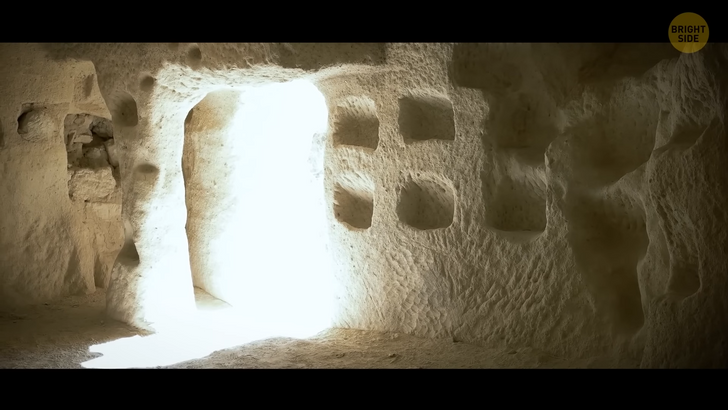
There were schools, kitchens, dry food storage, cattle stables, and many dwellings down there. There was even a complex ventilation system and a protected well to provide air to breathe and fresh water for everyone.
The city was first mentioned in writing in 370 BCE. It was most likely built as a shelter from natural disasters and enemies. Cappadocia was the perfect place to build a place like this because there’s no water in the soil, and the rocks are easily moldable.











